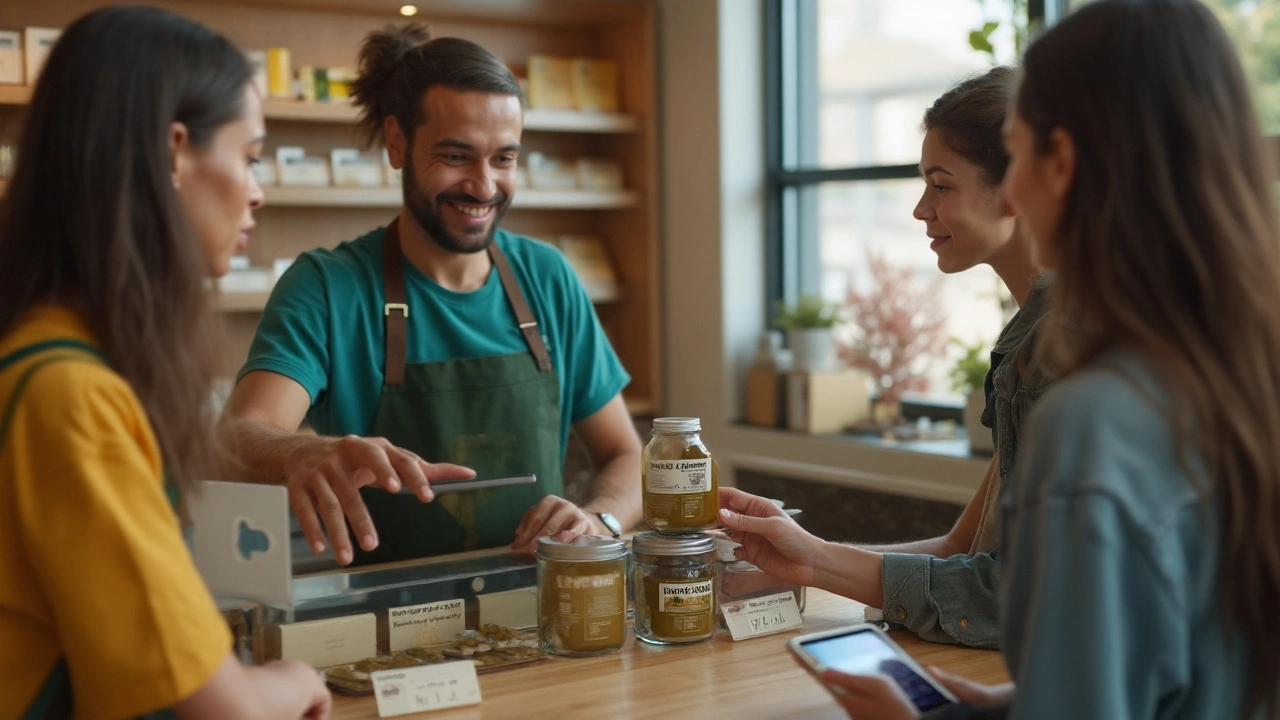Understanding THC Percentage: The Basics and Why It Matters
If you’ve ever looked at a cannabis label and seen something like “18% THC,” you might wonder what that number really tells you. In simple terms, THC percentage is the amount of delta‑9‑tetrahydrocannabinol—the main psychoactive compound—in the plant material or product. A higher percentage means more THC molecules per gram, which usually translates to stronger effects. It’s like comparing a cup of coffee with 80 mg of caffeine to one with 200 mg; the boost feels different.
Most people use THC percentage to gauge how intense a strain will be, but it’s not the whole story. Terpenes, other cannabinoids, and your own tolerance all play a role. Still, keeping an eye on that % can help you avoid surprises, especially if you’re new to cannabis or trying a new product.
How to Read THC Labels on Different Products
Flower: For dried buds, the label usually shows a range (e.g., 15‑20% THC). The number is measured by lab testing that extracts cannabinoids and runs them through a chromatography machine. If the label says 20%, expect a fairly potent experience, especially if you’re smoking or vaping the whole joint.
Concentrates: Oils, wax, and shatter can push THC numbers into the 70‑90% range. These products are much more concentrated, so a tiny dab can feel as strong as a full joint of high‑THC flower. Always start with a small amount and wait a few minutes before taking more.
Edibles: Edibles list THC in milligrams rather than a percentage because the product isn’t a plant material. A 10 mg gummy is roughly equivalent to smoking a low‑THC joint for most adults. If you see a “10 mg per serving” tag, that’s your guide for dosage.
Practical Tips for Choosing the Right THC Percentage
Know your tolerance. If you’re a beginner, start with 5‑10% flower or a low‑dose edible (5‑10 mg). If you’ve been using cannabis for a while, 15‑20% flower might be a comfortable sweet spot. For experienced users seeking strong relief or a creative high, higher‑THC concentrates can work, but remember they hit fast and hard.
Match the activity. A mellow evening might call for a low‑THC indica, while a social gathering could suit a moderate‑THC sativa. Higher percentages are great for pain relief or insomnia, but they can also make you too couch‑locked if you’re trying to stay active.
Check the lab report. Reputable brands provide a Certificate of Analysis (COA) that shows the exact THC, CBD, and terpene profile. If a product only lists a vague “high THC” claim, it’s best to skip it.
Remember that THC percentage is just a number—not a guarantee of effect. Your body chemistry, what you eat, and even the setting can shift how the high feels. Use the percentage as a starting point, then adjust based on how you react.
Bottom line: THC percentage is a useful shortcut for estimating potency, but it works best alongside other info like terpenes, dosage, and personal tolerance. Keep an eye on the label, start low, and you’ll find the right strength for whatever you need.
